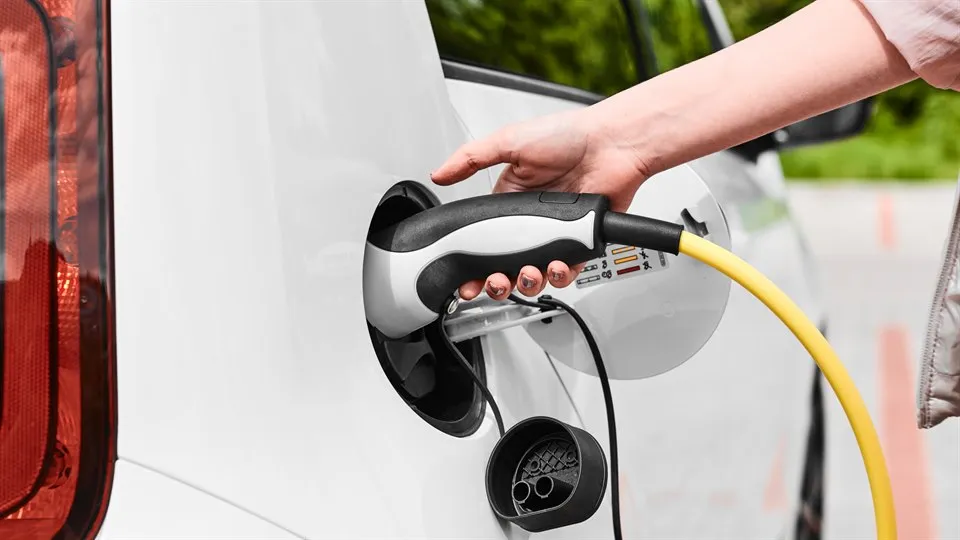Get Current ‑ Get driving! Vehicles for Climate change
The introduction of electric vehicles is hailed as a climate action tool that will eradicate CO2 emissions from diffuse vehicle exhausts.
Whats the project about
Climate Action is Sustainable Development Goal Number 13 and it’s objective is to take urgent action to combat climate change and it’s impacts. The effects of climate change has been observed on an international scale over the last number of decades and scientific evidence shows that it is caused by an increased level of greenhouse gases (GHG) in the atmosphere, leadng to global warming.
Carbon dioxide (CO2) is a GHG and largely originates from the combustion of fossil fuels to generate energy in the form of electricity and heat and transport energy. Combustion CO2 emissions can be broadly divided into point source emissions (e.g. emissions from chimneys at electricity generating stations and industrial boilers) and diffuse emissions (e.g. from vehicle exhausts and household chimneys). Emissions from both point and diffuse sources need to be tackled if we are to reduce GHGs and achieve the global objective of limiting a global temperature rise to below 2oC and prevent catastrophic damage caused by global warming.
The introduction of electric vehicles is hailed as a climate action tool that will eradicate CO2 emissions from diffuse vehicle exhausts. This project will, inter alia,
1. Investigate whether the use of electric vehicles is aligned to UN Sustainable Development Goal 7 ( Affordable and Clean Energy); Goal 11 (Sustainable Cities and Communities); and Goal 13 (Climate Action).
2. Examine why electric vehicles are considered as a tool to reduce CO2 emisions when electric cars are powered by electricity that originate largely from electricity generating stations.
3. Examine the advantages and disadvantages associated with the electrification of the passenger vehicle fleet in terms of the three pillars of sustainability i.e. economic, social and environmental.
4. Investigate what types of complementary technologies can be used to enhance the driving range of electric vehicles (e.g. telematics).
5. Explore the lessons that can be learned from other countries (or that your chosen country can teach other countries) in relation to electrification of the passenger vehicle fleet.
Study areas
Engineering, Environmental science, Social Studies, Marketing, Occupational Safety and Health , Computer Science
You should participate in this project if you are interested in;
Cars and the technologies used in electric cars
Using software to enhance driving performance
The environmental impacts associated with the use of passenger cars.
Learning more about how electric cars can potentially reduce CO2 emissions
Contact
Ann-Marie Duddy, IT Sligo
Mary Hannon, IT Slig
